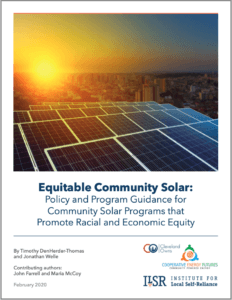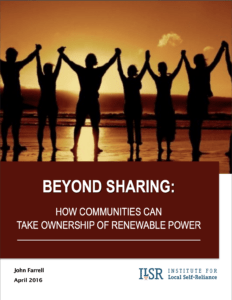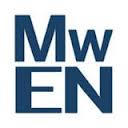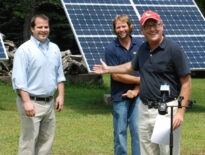The Community-Based Renewable Energy Program (SB 1050) passed in 2015, utilizing an energy tariff imposed on electric utility companies. The measure is enforced by the Public Utilities Commission. Customers can purchase shares in a renewable energy facility that offset their monthly consumption via a credit on their utility bills.
Additionally passed in 2015, Act 100 requires electric utilities to create a tariff to enable customers to join community programs.
Hawaiian Electric, the grid provider for Oahu, Maui County, and Hawaii Island, has paved the way during Phase One (which capped energy generation to 8 megawatts). Phase two of the Community-Based Renewable Energy Program, which expands energy generation to 225 megawatts, began in April 2020. Hawiian Electric is exploring Pay-As-You-Go and On-Bill payment options to increase accessibility.
Watch the top state community solar programs progress in our Community Solar Tracker.
Check back soon for more detail about the Hawaii community solar program.
For more on solar in Hawaii, check out these ILSR resources:
- Hawaii’s Test Case for Solar Grid Penetration (2014)
- Hawaiian Sunblock: A Presentation on the Barriers to Low Cost Solar (2012)
- Hawaii Makes Long Strides in Solar Energy (2012)
Learn more about community solar in one of these ILSR reports:
For podcasts, videos, and more, see ILSR’s community renewable energy archive.
This article was originally posted at ilsr.org. For timely updates, follow John Farrell on Twitter or get the Energy Democracy weekly update.
Featured photo credit: U.S. Department of Energy via Flickr. (CC BY 2.0)








